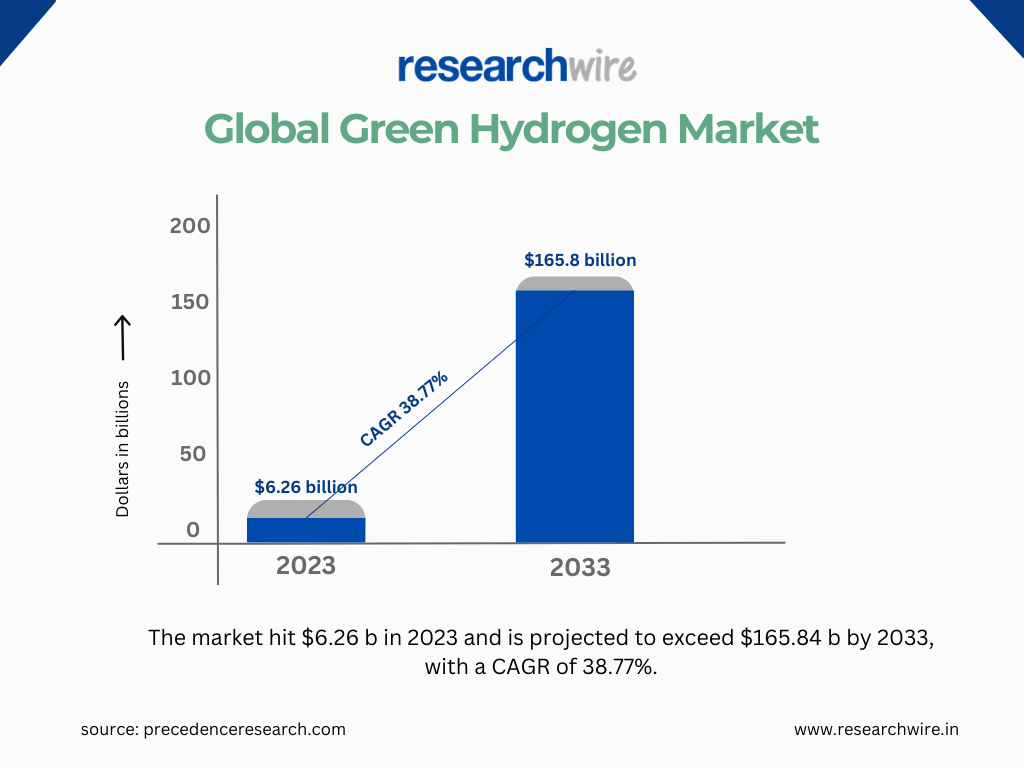As a Founder and Managing Director, Bikram plays a key role in the day to day operations and formulating strategies for smooth execution of research assignments. Bikram is also responsible for client acquisition and client engagements in Asia pacific region. Bikram helps global technology companies monetize their IP assets through automated tools and helps them generate more value out of their IP. He has the expertise of assisting clients on a wide range of technologies such as Semiconductors (circuits and processes), Wireless Technologies, Memory Devices, Cloud Computing, and Consumer Electronics.
Bikram has been advising several Global 500 clients in effective patent portfolio optimization and competitive benchmarking analysis to help them understand their position in the industry. Bikram has extensive experience in assisting clients on high stake US, Japanese and Chinese patent litigation cases. Recently, Bikram has been actively involved in advising clients on new product development strategies and technology Landscape studies.
Despite the current dominance of fossil-fuel-based hydrogen production, there is a growing interest and investment in green hydrogen technologies due to expanding applications across various sectors and improving cost efficiency. The global trends show a surge in the demand for hydrogen and its projected growth. It emphasizes on the importance of transitioning from fossil-fuel-based to green hydrogen production methods.
Our world runs on fuel. From powering our cars to heating our homes, hydrocarbons like petrol and diesel have been the dominant source of energy for over a century. With the looming threat of climate change, however, the need for cleaner, more sustainable alternatives is paramount. This is where green hydrogen steps in, offering a revolutionary solution with the potential to transform our energy landscape.
Understanding Hydrogen – The Fuel, Not Just the Carrier
Unlike fossil fuels, hydrogen itself is a fuel. While it doesn’t exist in readily usable quantities in nature, it can be produced from various sources, including water. Green hydrogen, derived from renewable energy sources, stands out as a clean, sustainable fuel with zero pollution, serving not only as an energy carrier but also as a raw material. Its significance in combating climate change lies in its capacity to substitute fossil fuels in sectors that were previously challenging to decarbonize, alongside its potential as an energy storage solution.
This process produces zero carbon emissions, making green hydrogen a truly clean fuel. In a recently published article by Economic Times, billionaire Gautam Adani asserts green hydrogen as vital for India’s net-zero goals, proposing solar power’s model to cut costs, emphasizing the necessity of renewable leapfrogging for energy security and urban air quality.
But how is Green Hydrogen achieved?
Green hydrogen is produced through electrolysis powered by renewable energies such as wind or solar. The process involves using an electrical current to break down water molecules into oxygen and hydrogen using electrodes.
In 2022, the International Energy Agency (IEA) forecasted a demand of only 115 million tons by 2030, with new applications contributing less than 2 million tons. However, by 2050, the global hydrogen market could experience a significant surge, reaching between 600-650 million tons, possibly meeting over 20 percent of global energy requirements.
Benefits of Green Hydrogen
Over traditional fuels, Green Hydrogen boasts of several advantages:
-
Clean Burning:
As mentioned earlier, green hydrogen combustion produces only water vapor, eliminating harmful greenhouse gases and air pollutants.
-
Versatile Fuel:
Green hydrogen is a highly versatile fuel with applications across sectors. It can be used in:
-
Transportation:
Powering fuel cell electric vehicles (FCEVs) with longer range and faster refuelling times compared to battery powered EVs.
-
Power Generation:
Hydrogen can be used in turbines to generate electricity, providing a clean and reliable source of power, especially during peak demand periods
-
Industrial Processes:
Green hydrogen can replace fossil fuels in numerous industrial processes, particularly in steel and cement production, which are major contributors to greenhouse gas emissions.
-
Energy Storage:
Hydrogen can be stored and transported in gaseous or liquid form, offering a long-term energy storage solution for excess renewable energy.
-
-
Energy Security:
Green hydrogen production can be decentralized, relying on local renewable energy sources. This reduces dependence on fossil fuels and volatile energy markets.
-
Raw Material for Clean Fuels:
Green hydrogen is a key ingredient in the production of several clean alternative fuels, such as:
-
Synthetic Methanol:
Combining green hydrogen with captured carbon dioxide can create clean-burning methanol for transportation and industrial applications.
-
Biogas/Synthetic Methane:
Green hydrogen can be blended with biogas or used to create synthetic methane, a renewable source of natural gas.
-
Green Ammonia:
Green hydrogen can be used to produce green ammonia, a clean-burning fuel for transportation and fertilizer production.
-
Future of Green Hydrogen Industry
Fuelled by the urgency of climate change mitigation, green hydrogen is poised for a dramatic rise. As renewable energy sources like solar and wind become more prominent, green hydrogen offers a solution for both storing excess energy and decarbonizing various sectors.

Technological advancements are making green hydrogen production more cost-competitive, while a shift in policy landscapes with government incentives is further propelling its adoption. The future of clean energy is getting a major boost from green hydrogen. The worldwide market for green hydrogen was valued at approximately USD 6.26 billion in 2023. This number is forecasted to exceed USD 165.84 billion by 2033, with a projected compound annual growth rate (CAGR) of 38.77% from 2024 to 2033.
Among some of the top global companies investing in green hydrogen are AMEA Power, Linde, First Hydrogen, and Lhyfe. AMEA Power focuses on developing a 10,000 MW green hydrogen project in Egypt, while Linde supplies PEM electrolyzer technologies and advocates for hydrogen solutions. First Hydrogen offers integrated green hydrogen-centric solutions for zero-emission fleets, and Lhyfe is a producer and supplier of green and renewable hydrogen, pioneering offshore hydrogen production.
Green hydrogen is experiencing a surge in demand and attracting big energy companies for several future-oriented reasons:
-
Climate Change Mitigation:
-
Net-Zero Goals:
Countries are setting ambitious net-zero emissions targets, and green hydrogen offers a crucial tool for decarbonizing various sectors like transportation, industry, and power generation. Unlike fossil fuels, green hydrogen burns clean, emitting only water vapor.
-
-
Renewable Energy Integration:
-
Solar and Wind Power:
As renewable energy sources like solar and wind become more prominent, they create a challenge – storing excess energy when production is high. Green hydrogen provides a solution by acting as an energy storage medium. Excess renewable energy can be used to produce green hydrogen, which can then be utilized when renewable energy production is low.
-
-
Technological Advancements and Cost Competitiveness:
-
Electrolysis Efficiency:
Advancements in electrolysis technology are making green hydrogen production more efficient and cost-effective. This is a crucial factor for widespread adoption as it brings green hydrogen closer to competing with traditional fuels.
-
-
Diversification and Long-Term Sustainability:
-
Big Energy Companies:
As the world shifts towards clean energy, traditional energy companies see green hydrogen as a way to diversify their portfolios and ensure their long-term sustainability. It allows them to tap into a growing clean energy market and position themselves as leaders in the energy transition.
-
-
Government Incentives and Policy Landscape:
-
Shifting Policies:
Governments worldwide are starting to enact policies and offer incentives to promote the development and adoption of green hydrogen. This creates a more favorable environment for investment and development in the green hydrogen sector
-
Green Hydrogen: Barriers to the Promising Path
Despite its many advantages, green hydrogen has not yet been integrated into our energy mix. This is due to various obstacles that require overcoming, including challenges in research, government policies, and private investment. Its widespread adoption faces several challenges:
-
-
Technology Readiness and Cost:
Electrolyser technology needs to improve efficiency and become more cost-effective to compete with traditional hydrogen production methods.
-
Infrastructure Development:
Building the infrastructure for hydrogen production, storage, and transportation requires significant investment.
-
Market Off-takers:
Identifying and encouraging industries to utilize green hydrogen as a fuel source is crucial.
-
Financing:
Securing financing for large-scale green hydrogen projects remains a challenge.
-
Supply Chain Bottlenecks:
Shortages of materials and skilled labour can hinder project development.
-
Policy Frameworks:
Supportive government policies and incentives are needed to create a level playing field for green hydrogen.
-
Addressing these challenges is vital for green hydrogen to realize its full potential. Advancements in technology, infrastructure development, and supportive policies will propel this clean energy source towards a brighter future.
Green Hydrogen: A Patent Boom Reflects Global Clean Energy Ambitions
The global green hydrogen industry is experiencing a surge in innovation and investment, mirroring the world’s commitment to clean energy transitions. A recent patent profile study conducted using Derwent Innovations® reveals a significant uptick in green hydrogen-related inventions over the past decade. As of 2022, approximately 3,251 unique patent families have been published globally, with a noteworthy peak in 2022.
This trend aligns with national initiatives like India’s Green Hydrogen Mission, which signifies their ambition to become a global leader in production, usage, and export of this clean fuel.
China Leads the Green Hydrogen Patent Race
China dominates the green hydrogen patent landscape with over 1,600 patent publications, followed closely by the United States, Japan, India, Korea, and Europe. Interestingly, the data reveals China’s consistent lead in patent filings compared to the USA. Leading the charge in innovation are prominent organizations like the Chinese Academy of Sciences, Xi’an Thermal Power Research Institute Co., Ltd., and the State Grid Corporation of China.
Commercialization Potential of Green Hydrogen
The fact that approximately 27% of worldwide patent applications in green hydrogen are granted highlights a maturing market with significant potential for further innovation and commercialization. This trend suggests that green hydrogen solutions are not just on the drawing board, but actively progressing towards real-world applications.
This analysis of the global green hydrogen patent landscape paints a clear picture: the world is betting on green hydrogen as a key driver of clean energy transitions, with substantial innovation and investment paving the way for a more sustainable future.
How ResearchWire Empowers Green Hydrogen Companies: A Strategic Advantage
Researchwire has been actively involved in helping several companies working in the green hydrogen sector. Our comprehensive suite of services provides insights and analysis into the patent landscape of the industry.
Through in-depth patent landscape analyses, Researchwire helps companies identify key trends, emerging technologies, and competitive intelligence, enabling informed decisions about R&D strategies and market positioning. By tracking and monitoring patent activity of competitors, we help companies stay ahead of the competition and identify opportunities for collaboration or investment. Researchwire also provides real-time monitoring of developments in green hydrogen technology, including new patents, research papers, regulatory changes, and market trends, allowing companies to adapt their strategies accordingly. With expertise in IP portfolio management, Researchwire assists companies in maximizing the value of their intellectual property assets and protecting their competitive advantage in the market.
More similar Blogs


